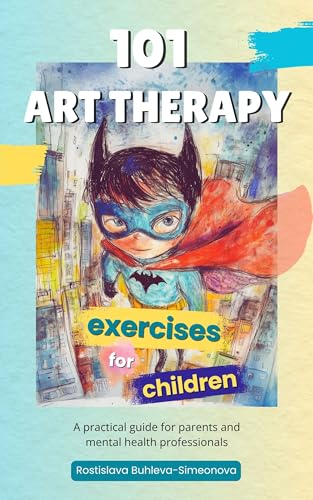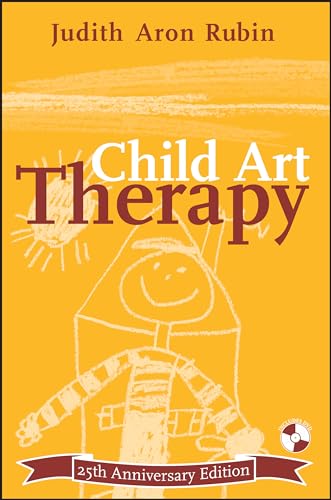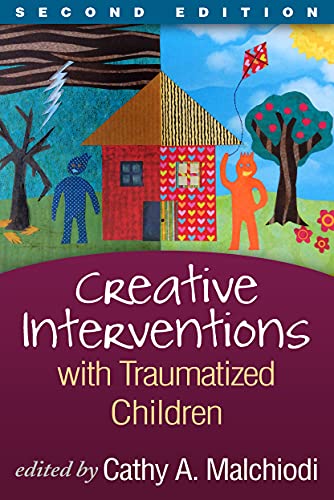Introduction
Parenting is the longest-running improvisation in human history—performed under sleep deprivation, societal scrutiny, and the occasional tantrum soundtrack. Even the most conscientious actors strike discordant notes. The following twenty sections dissect recurrent errors with forensic psychological rigor, trace their ripple effects across the lifespan, and prescribe a single, theoretically anchored art-therapy exercise. Wit is deployed sparingly; the science is not.

1. The Helicopter Hover
Overprotectiveness masquerades as vigilance but systematically undermines autonomy, one of self-determination theory’s three bedrock needs (Deci & Ryan, 2000). When parents intercept every academic snag, social slight, or physical risk, the child’s prefrontal cortex receives insufficient practice in executive decision-making. Seligman’s learned helplessness paradigm (1975) manifests: the child ceases initiating action even when pathways clear. Neuroimaging of overprotected adolescents reveals hypoactivation in the dorsolateral prefrontal cortex during uncertainty tasks. The developmental toll extends into adulthood: diminished resilience, over-reliance on external validation, and heightened impostor phenomena in professional settings.
Art-Therapy Intervention: The Bridge to Courage
The Bridge to Courage session directly counters parental overprotectiveness by restoring autonomy—the psychological nutrient starved when caregivers pre-empt every risk (Deci & Ryan, 2000). In this exercise, children draw or collage a bridge to a self-chosen “brave action”.
Following Malchiodi’s expressive arts model (2012), participants externalise fears as structural weaknesses and map internal resources to reinforce the span. The parent contributes one supportive element only—symbolically stepping back to allow child-led design. This mirrors Vygotsky’s scaffolding while preventing interference.
Aligned with Erikson’s industry stage (1963), the bridge transforms perceived incompetence into visible competence. The finished artifact becomes a tangible contract: “I cross; you witness.” Displayed in the child’s space, it serves as daily proof that bravery—and prefrontal growth—begins with parental restraint.

2. Capricious Discipline
When parents enforce rules one day and let them slide the next, it’s like trying to build a house on quicksand. Kids crave predictability—it’s what makes them feel safe and grounded, according to decades of research on how children form secure bonds (Ainsworth et al., 1978). If bedtime is 8 p.m. on Monday but ignored on Tuesday because Mom’s too tired, or if screen time limits vanish when Dad’s in a good mood, kids get whiplash. This inconsistency leaves them on edge, never sure what to expect, which can wire them to act out or push boundaries just to test where the line is. Studies show this kind of parenting doubles the chance of kids developing defiant behaviours, like arguing or ignoring rules, by adolescence (Pardini et al., 2007). Over time, they start seeing authority—whether it’s parents, teachers, or bosses—as unreliable, which can spark conflicts at school, work, or even in future relationships.
Art-Therapy Intervention: Family Rules Collage
The Family Rules Collage turns shifting rules into a rock-solid visual contract, giving kids the predictability they desperately need when discipline feels like quicksand. Grounded in attachment theory’s emphasis on consistency for secure bonds (Ainsworth et al., 1978), this exercise transforms chaotic expectations into a collaborative, colourful masterpiece. Families (ideal for ages 6–10) gather around a large poster board to create a vibrant collage that maps out 4–6 core household rules—bedtime, screen time, kindness, chores—ensuring every rule is clear, fair, and fixed.

3. The Digital Pacifier
Handing kids a tablet whenever they’re bored or fussy might buy you five minutes of quiet, but it’s quietly stealing something far more valuable: real face-to-face connection. Those back-and-forth moments—where you smile, they giggle, you ask “What’s that?” and they answer—are the building blocks of understanding feelings, reading faces, and learning how the world works. When screens take over, kids miss out on practicing those tiny but crucial social dances. One study found that just five days without devices at camp helped 9- and 10-year-olds get much better at reading emotions on people’s faces. Too much screen time early on has been linked to shorter attention spans, more trouble focusing, and even less kindness toward others as they grow. Over the years, this can show up as difficulty making friends, solving arguments, or truly listening in relationships—because the brain never got enough live practice at being human.
Art-Therapy Intervention: Make Art from Nature
The Make Art from Nature session is a joyful rebellion against the “digital pacifier”—swapping glowing screens for fresh air, real textures, and face-to-face wonder. When tablets become the go-to fix for boredom or fussiness, kids lose the playful back-and-forth that builds empathy, attention, and social smarts. This outdoor art adventure (ideal for ages 6–10) gets parent and child outside, collecting treasures and creating together—reigniting the very human “serve-and-return” moments screens silence.
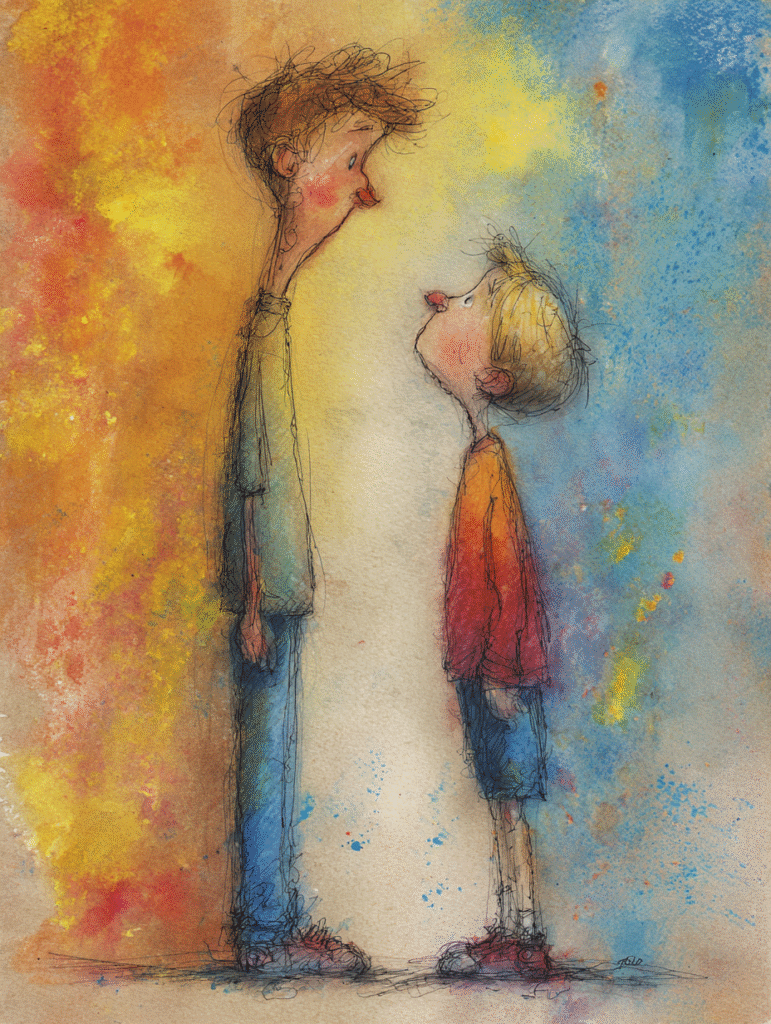
4. Sibling/Peer Benchmarking
Explicit comparison weaponises Festinger’s social comparison theory (1954), etching conditional self-worth into the child’s identity. The disfavoured sibling constructs a schema of relative inferiority. The favoured child, conversely, inherits performance anxiety and guilt. Both trajectories converge on relational insecurity in adulthood. The child who is unfavorably compared develops a lasting belief in their relative inadequacy. The favored child, in contrast, faces ongoing pressure to maintain superiority, along with guilt. Over time, both experiences damage self-esteem and contribute to insecure relationships in adulthood, marked by rivalry, anxiety, or excessive people-pleasing.
Art-Therapy Intervention: My Unique Self Mask
The My Unique Self Mask session is a powerful antidote to the sting of “Why can’t you be more like your brother/sister?”—the kind of comparison that carves “I’m only good if I’m better” into a child’s heart. When parents pit siblings against each other, one ends up feeling “less than,” the other burdened with guilt and pressure to stay on top. Both grow up unsure of their own worth, always measuring themselves against someone else. This mask-making activity hands kids a wearable, one-of-a-kind portrait of who they really are, no comparisons allowed.

5. Emotional Muting
Telling kids to stuff their feelings—“Big kids don’t cry,” “You’re fine,” “Don’t be so dramatic”—is like putting a lid on a boiling pot. At first it seems to work, but the steam has to go somewhere. Kids learn fast: my emotions are bad, embarrassing, or wrong. Over time, they stop knowing what they feel at all—sadness shows up as a stomach-ache, anger as a slammed door they can’t explain. They grow into teens and adults who say “I’m fine” when they’re crumbling, or explode over tiny things because the big stuff never had a name. Relationships suffer—how do you ask for a hug if you don’t know you need one? Shutting down feelings doesn’t make them disappear; it just teaches kids to hide from themselves.
Art-Therapy Intervention: Emotion Colour Wheel The Emotion Colour Wheel is a gentle, colourful rescue from the “shut your feelings off” trap—turning “Don’t cry” into “Tell me what colour that tear is.” When parents brush off tears, tantrums, or excitement, kids learn emotions are trouble. This wheel (divided into eight equal slices) gives them a playful map to name, show, and share what’s bubbling inside—no judgment, no “stop it.”
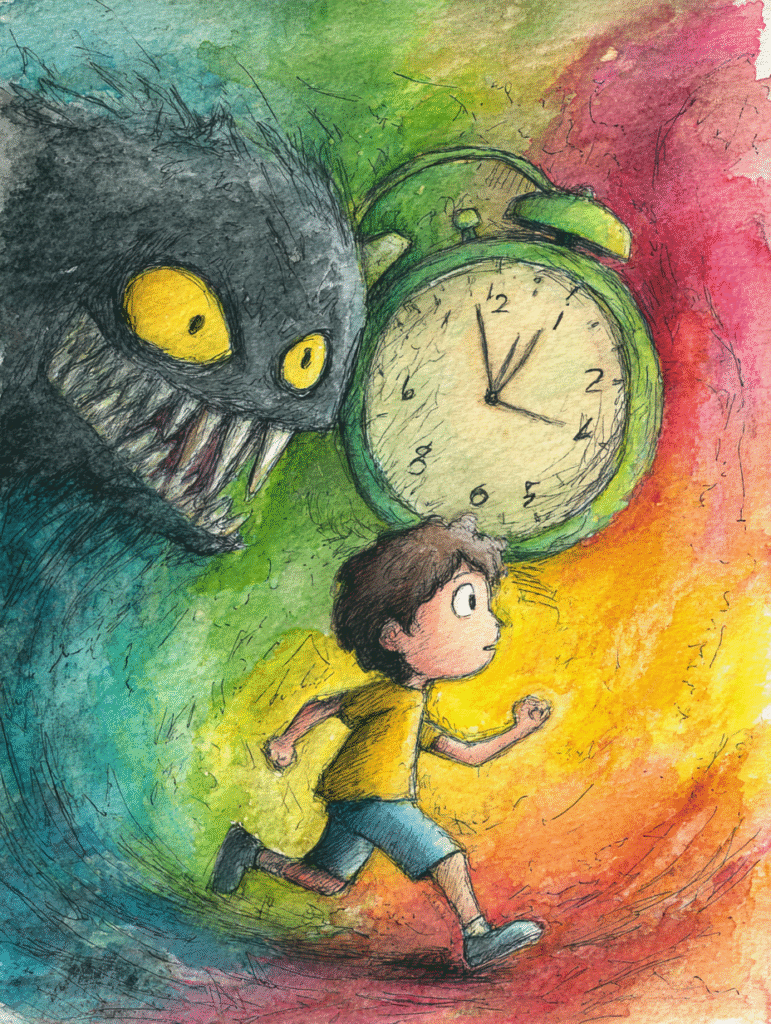
6. The Overscheduled Prodigy
A packed calendar—piano at 4, soccer at 5, coding club at 6:30—might look like ambition, but it’s really a slow squeeze on a kid’s brain and spirit. Without empty pockets of time to daydream, doodle, or just stare at clouds, children get worn down like a battery that never recharges. Their ability to focus, remember, and bounce back starts to slip. The spark that makes them beg to build forts or invent games fades when every minute is planned by someone else. Boredom isn’t the enemy; it’s the soil where creativity and curiosity grow. Stuff the day too full, and by the teen years they’re exhausted, checked out, and more likely to quit things—including college—because they never learned how to simply be.
Art-Therapy Intervention: Dream Garden Painting
The Dream Garden Painting session is a full-stop rebellion against the 4-to-6:30 treadmill—handing kids back the empty hours where magic actually grows. When every minute is booked, children lose the quiet space to dream, doodle, or just be; this open-ended painting carves out a glorious, plan-free afternoon for parent and child to create a wild, imaginary garden together—no clock, no goal, no “hurry up.” Overscheduling drains the battery; this session recharges it with pure, unstructured joy.
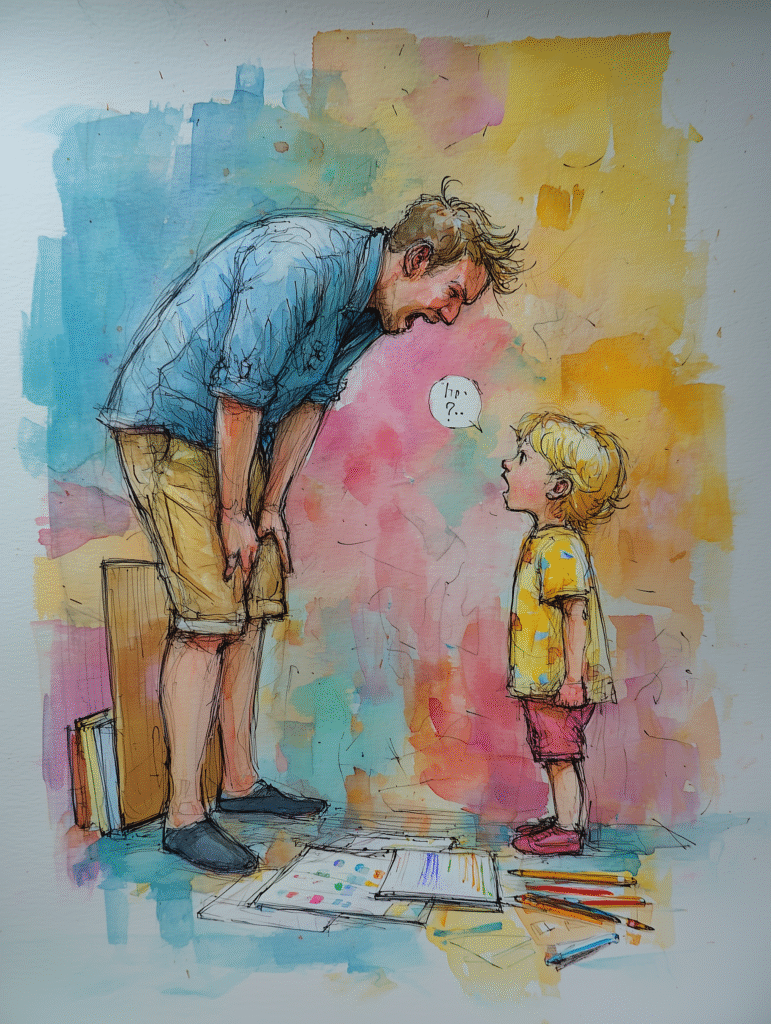
7. Shame as Pedagogical Tool
Calling a child “bad,” “lazy,” or “a disappointment” doesn’t fix the behaviour—it attacks who they are. It hurts as deeply as a slap, and the sting lingers. Kids soak up the message: I’m broken, wrong, not enough. That heavy label sticks, whispering shame every time they mess up. Later, they might chase perfect grades to prove they’re not “lazy,” or hurt themselves to quiet the voice that says they’re worthless. As grown-ups, they flinch from love, waiting for the next person to see the “real” (flawed) them and walk away. Shaming doesn’t teach better choices—it teaches hiding.
Art-Therapy Intervention: Fix-It Heart
The Fix-It Heart session is a gentle, hands-on rescue from the deep cuts of shame—turning “You’re bad” into “Let’s patch this up together.” When kids hear they’re lazy, disappointing, or wrong, the hurt sinks into their bones. This simple activity gives them a torn paper heart to fix, proving mistakes don’t make them broken—just in need of a little love and glue. The act of repairing builds bounce-back power and self-love, one sticker at a time. Kids walk away knowing: I’m not bad. I’m fixable. I’m loved.
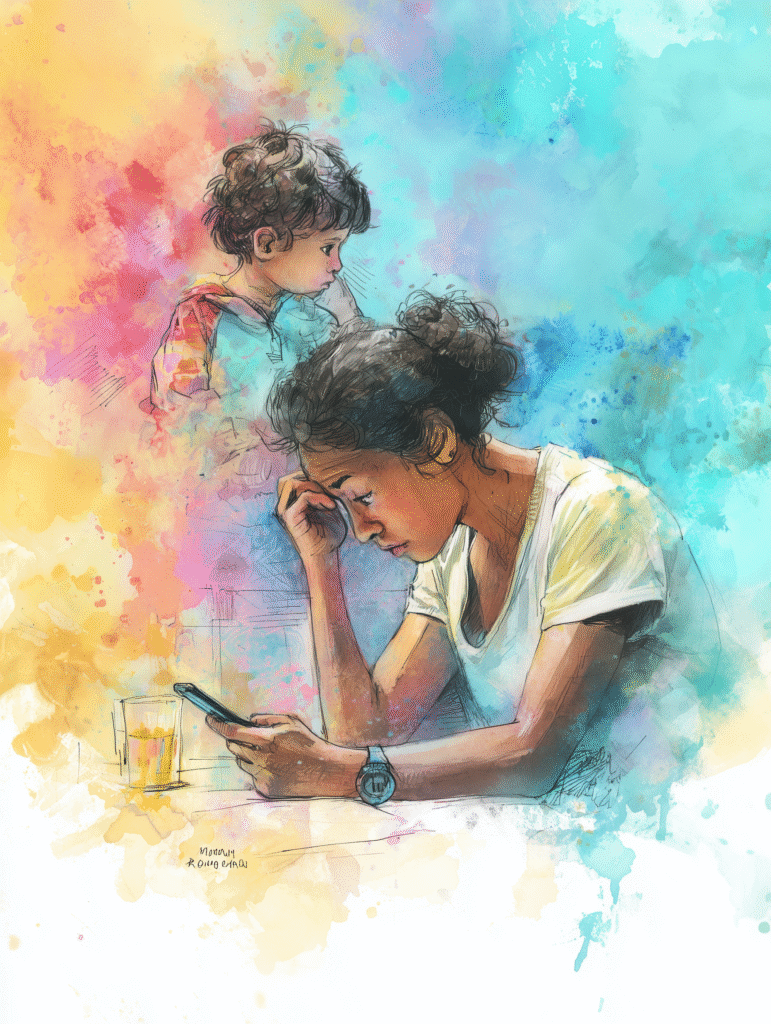
8. Chronic Multitasking During Child Discourse
When a child tugs your sleeve to share a drawing or a worry and you answer with “Mmm-hmm” while multitasking for work, you’re accidentally teaching them: What I feel doesn’t really matter. Ten minutes of real eye contact beats an hour of half-there nods. Over time, they stop bringing their treasures and fears to you. They learn to keep things inside or dump them on friends who may not know how to hold them. Later, in love or work, they’ll hesitate to speak up, afraid of being “too much.” True connection starts with putting the phone down and the kid first.
Art-Therapy Intervention: Collaborative Shape Dance
The Collaborative Shape Dance session is a phone-down, eyes-up promise to the child. This joyful, shared art-making forces both of you to lock eyes, listen hard, and build something together—proving ten minutes of real presence beats an hour of distracted nods. Kids feel seen, heard, and connected.
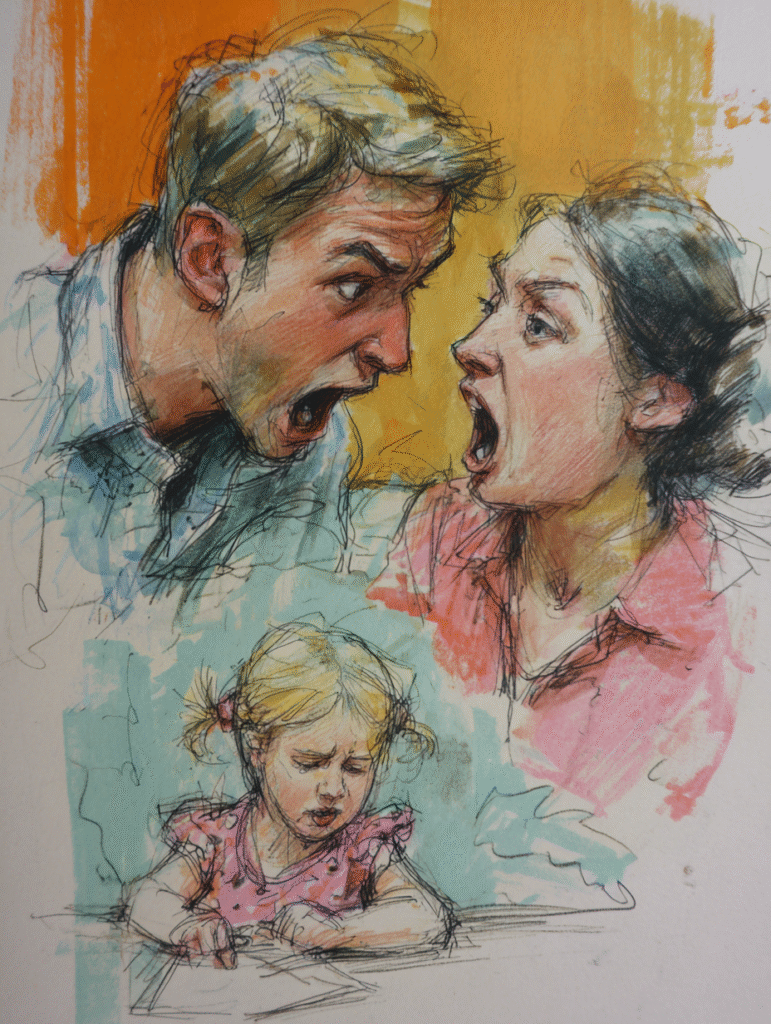
9. Domestic Combat Theater
Bandura’s social learning paradigm (1977) ensures that observed aggression is rehearsed aggression. Children either emulate hostility or develop learned helplessness in conflict. Bullying perpetration and victimization rates both rise. Adult romantic relationships replicate dysfunctional scripts.
Kids soak up what they see like sponges. When parents scream, slam doors, or trade insults, children file it away as “This is love.” Some copy the shouting; others shrink and give up. Either way, playground bullying or being bullied gets more likely. Fast-forward to grown-up love, and the same ugly script plays out—harsh words, cold silence, or walking away. Home should be a safe stage, not a war zone.
Art-Therapy Intervention: Conflict Compass
The Conflict Compass session is a straight-up replacement for the shouting matches kids witness—turning “This is how we fight” into “This is how we fix it.” When parents yell, slam doors, or freeze each other out, children copy the chaos or crumble in fear. This hands-on activity gives parent and child a colourful, shared roadmap to handle arguments calmly—no raised voices required. Every time you point to the compass instead of yelling, you prove: We don’t war here; we navigate.

10. Outcome-Only Applause
When the only applause comes for the A+, the trophy, or the perfect performance, kids learn fast: “You’re great when you win; worthless when you don’t.” That single message splits them down two painful paths. Some become avoiders—they dodge anything hard to keep the praise flowing. A tough math problem? Skip it. A new sport? Too risky. By high school, they’re stuck, afraid to try, afraid to fail, afraid to be seen. Later, jobs and dreams stall because “good enough” feels safer than “let’s see what I can do.” Others turn into overachievers, chasing perfect scores like oxygen. One B? Meltdown. One loss? Self-loathing. They burn out early—exhaustion, anxiety, or secret perfectionism that cracks under pressure. As adults, they’re workaholics who can’t rest, terrified that stopping means they’re “nothing.” Either way, the core belief is the same: Your worth is the result, not the trying. Praise the effort, the curiosity, the grit, and watch them chase the hard stuff with joy—win or lose.
Art-Therapy Intervention: Resilience Ladder
The Resilience Ladder session is a direct climb out of the outcome-only praise pit—turning “You’re great only when you win” into “Every step you take is the win.” When kids hear applause just for A+s or trophies, they either dodge hard things to stay “perfect” or chase perfection until they crack. This ladder-building activity (ideal for ages 10–12) lets them draw their own journey of effort and grit, rung by rung, proving worth comes from trying, not topping.
Conclusion
Parenting’s grand improvisation doesn’t demand perfection—only presence, reflection, and the willingness to rewrite the score when a note sours. In these ten vignettes, we’ve peeled back the curtain on familiar stumbles: the hovering that clips wings, the rules that dissolve like sugar in rain, the screens that eclipse real faces, the comparisons that poison sibling bonds, the lids clamped on bubbling emotions, the calendars crammed until creativity gasps, the shaming barbs that scar deeper than intended, the distracted “mmm-hmms” that echo loneliness, the home-front battles that script lifelong wars, and the cheers reserved solely for the podium. Each carries a quiet cost, rippling from childhood’s tender synapses to adulthood’s tangled ties, but none is irreversible.
You’re not the flawless director here; you’re the co-star, learning the lines as you go. Start small: tonight, pull out paper, set the timer for ten unhurried minutes, and let the child’s hand lead yours. In that messy, marvelous act of making, the discordant notes fade. What emerges is a new rhythm—not flawless, but full of fight, forgiveness, and the fierce joy of trying together. The stage is yours. The applause? It waits not for the curtain, but for the courage to keep improvising.
Some of the links on this blog are affiliate links, which means I may earn a commission if you make a purchase using the link. This comes at no additional cost to you. I only recommend products or services that I believe in and think will be valuable to my readers. I am also hoping you might consider purchasing my book 101 Art Therapy Exercises for Children: A Practical Guide for Parents and Mental Health Professionals. Thank you for supporting this blog!
 Rostislava Buhleva-Simeonova is a psychologist, art therapist, and gamificator. She has worked with children, adults, and the elderly within various therapeutic programmes over the past eight years, all the while providing the much-needed playful twist that art and gamified experiences can bring to this sometimes uneasy setting. But it wasn’t until the birth of her daughter, Aurora, that this work took on an even deeper personal meaning. With her academic and real-life experience, honed through numerous trainings and sessions, she is currently authoring books and articles in the field of child psychology and development, offering expertise in art and play therapy to guide parents and caregivers, as well as professionals in the fields of social work and mental health, throughout various pivotal moments in children’s lives. Last but not least, all of her books have been “peer-reviewed” by her daughter, who testifies to the efficiency of these methods.
Rostislava Buhleva-Simeonova is a psychologist, art therapist, and gamificator. She has worked with children, adults, and the elderly within various therapeutic programmes over the past eight years, all the while providing the much-needed playful twist that art and gamified experiences can bring to this sometimes uneasy setting. But it wasn’t until the birth of her daughter, Aurora, that this work took on an even deeper personal meaning. With her academic and real-life experience, honed through numerous trainings and sessions, she is currently authoring books and articles in the field of child psychology and development, offering expertise in art and play therapy to guide parents and caregivers, as well as professionals in the fields of social work and mental health, throughout various pivotal moments in children’s lives. Last but not least, all of her books have been “peer-reviewed” by her daughter, who testifies to the efficiency of these methods.

